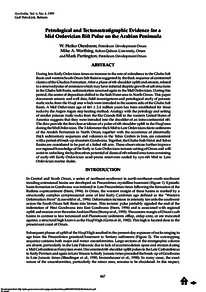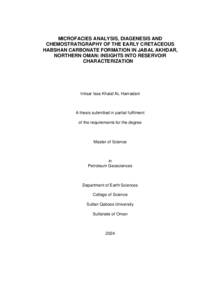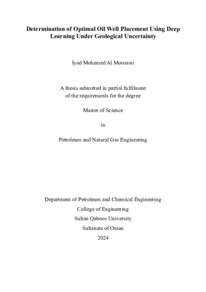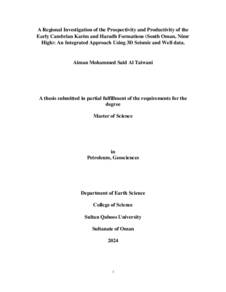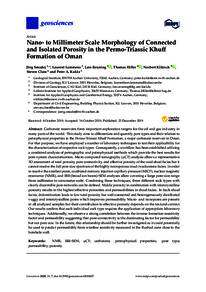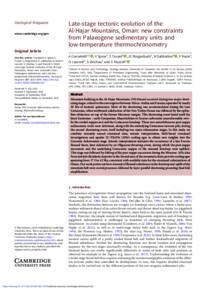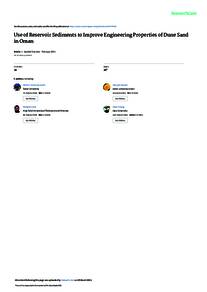Document
Petrological and tectonostratigraphic evidence for a mid ordovician rift pulse on the Arabian Peninsula.
Identifier
DOI: 10.2113/geoarabia0404467
Source
GeoArabia. v. 4, 4, p. 467-500
Contributors
Worthing, Mike A., Author
Partington, Mark., Author
Country
Bahrain.
City
Manama
Publisher
Gulf PetroLink.
Gregorian
1999-10-01
Language
English
English abstract
During late Early Ordovician times an increase in the rate of subsidence in the Ghaba Salt Basin and western South Oman Salt Basin is suggested by the thick sequence of continental clastics of the Ghudun Formation. After a phase of rift-shoulder uplift and erosion, related to a renewed pulse of extension which may have initiated diapric growth of salt structures in the Ghaba Salt Basin, sedimentation resumed again in the Mid Ordovician. During this period, the center of deposition shifted to the Saih Hatat area in North Oman. This paper documents seismic and well data, field investigations and petrological study of potassic mafic rocks from the Huqf area which were intruded in the eastern side of the Ghaba Salt Basin. A Mid Ordovician age of 461 ± 2.4 million years has been established for these rocks by the Argon-Argon step heating method. Analogy with the petrology and setting of similar potassic mafic rocks from the Rio Grande Rift in the western United States of America suggests that they were intruded into the shoulder of an intra-continental rift. The data provide the first clear evidence of a pulse of rift-shoulder uplift in the Huqf area during the Mid Ordovician. The 3-kilometer-thick Mid to Late Ordovician clastic sediments of the Amdeh Formation in North Oman, together with the occurrence of abnormally thick sedimentary sequences and volcanics in the Tabas Graben in Iran, are consistent with a period of break-up of eastern Gondwana. Together, the Ghaba-Saih Hatat and Tabas Basins are considered to be part of a failed rift arm. These observations further improve our regional knowledge of the Early to Late Ordovician tectonic setting of Oman and will assist in unlocking the hydrocarbon potential of classical rift-related structures consisting of early-rift Early Ordovician sand-prone reservoirs sealed by syn-rift Mid to Late Ordovician marine shales.
ISSN
1025-6059
Category
Journal articles

